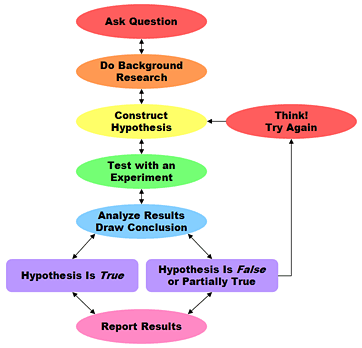
your typical Talmud scholar
There are many religions, extant or extinct, all with their supernatural beings and occurrences, their creation stories, their rituals and prohibitions. The most popular one in my part of the world is Christianity. Christians take the male god from the Judaic religion and believe that he had a son who he sent down [or up or across, but it apparently doesn’t matter] to the world [which we might now call the planet Earth] in order to have him killed for our sins. To wash away the sins of every human on our planet, I think. I may not have the story quite right, I don’t really understand the concepts involved, though I’ve read the New Testament a couple of times in different versions. In order to be a Christian you have to accept this son, Jesus, into your life, whether as a friend, a kind of guardian angel or a figure of adoration I’m not quite sure. If you do so you’ll have eternal life, apparently through the release, upon death, of a non-material [or perhaps meta-material] part or aspect of yourself, called the soul, which goes then to a better place, usually called Heaven.
Christians try to live by the teachings of the New Testament, the Gospels in particular. They believe – and I’m generalizing here – that the books of the New Testament, and the whole of the Bible, came from their god, who guided the hands of the scribes who actually physically wrote them. So these books are, in essence, an instruction manual for life presented to all humans by the god who created all life, and who, therefore, must know what he’s talking about.
All Scripture is God-breathed and is useful for teaching, rebuking, correcting and training in righteousness,[2 Timothy 3:16 NIV]
There are some immediate problems with this belief, especially to those of us brought up with some familiarity with the scientific method, which has been applied not only to such physical phenomena as rocks and bones, but also to historical documents, myths and legends, sites of ancient civilizations and the like. For example, the claim that a god guided the writing of all the books of the Bible is very hard to test scientifically. Further, the writings that we find in the Bible don’t include all the writings referring to the god, who is usually called Yahweh, written in the period. It took a long time for the Bible to come together in the form in which we now know it, and there are still disputes and different versions. The process has been called the canonization of scripture. Just leaving aside the New Testament, the exclusively Christian collection of books [which are nevertheless meaningless without the Old Testament texts and the god depicted therein], the other books, which were canonized by the time Jesus allegedly made his appearance some 2000 years ago, have been divided into three sections, the Torah, the Prophets and the Writings. The Jews call the Old Testament texts, collectively, the Tanakh. They order the texts differently from the Christians, but they’re the same texts. The Torah [Hebrew for instruction or teaching], the first five books of the Tanakh [Genesis, Exodus, Leviticus, Numbers and Deuteronomy – books known collectively by Christians as the Pentateuch], are regarded as the most sacred texts of the Jewish religion. This is already a problem, for me at least, for if all these texts are god-breathed how can some be more sacred than others? Perhaps sacred simply means important; but I doubt it. Jewish teachers and religious leaders [rabbis] have explained this by claiming that the Torah contains all that’s essential; the other Tanakh texts are really just god’s warnings and fulminations brought about by the failure of his people to keep to the Torah.
The scientific method, as mentioned, has been very effectively applied to ancient texts, to determine when they were written, and whether evidence can be found on the ground to support the actuality of the events they describe. It had been claimed for centuries by rabbis that the Torah was written by Moses, one of the principal characters in the texts – even though Moses’s death is described in Deuteronomy. Somewhat in contradiction to this, it’s claimed in the Talmud [a collection of writings on rabbinical law and Jewish custom written long after the Torah] that the Torah was written some two hundred years before the creation of the world, constituting a blueprint for that creation. This seems somehow unlikely. Although the scientific method has been around for quite some time, there has been a great deal of reluctance to allow it to be applied to texts regarded by some as sacred. This was, however, simply a matter of delaying the inevitable. It’s now generally accepted, contra the earlier rabbis, that the Torah and its companion texts were completed during the time of Persian occupation of the holy lands, between the sixth and fourth centuries BCE, though some of the writings are thought to date back as far as the tenth century BCE. They certainly were not written by one person. Furthermore, none of the events described in these writings have been backed up by any archeological or other historical findings. Yet despite this complete rout of any historical truth-claims in the Torah, the Jewish religion still persists, as does its highly idiosyncratic outgrowth, Christianity. The apparent imperviousness of Judeo-Christianity – and I would contend of other religions too - to the scientific method is no joke.
Is it really impervious though?
This is section 2 of part one. It needs a bit of editing down, but I'm happy to keep things moving
Labels: religion










